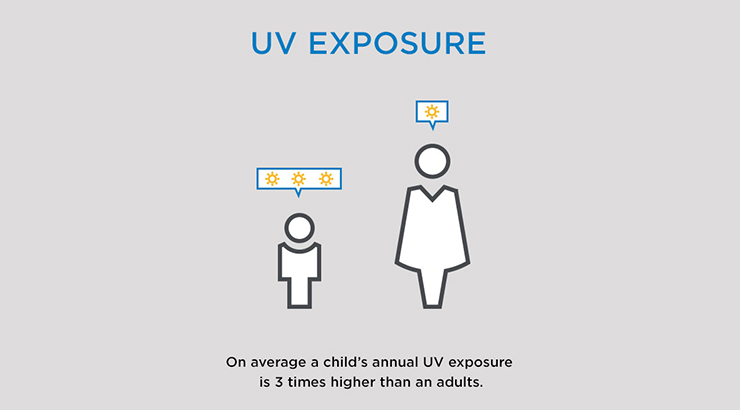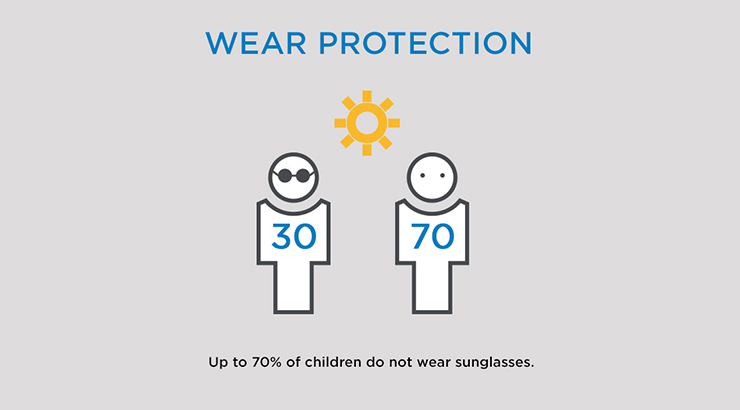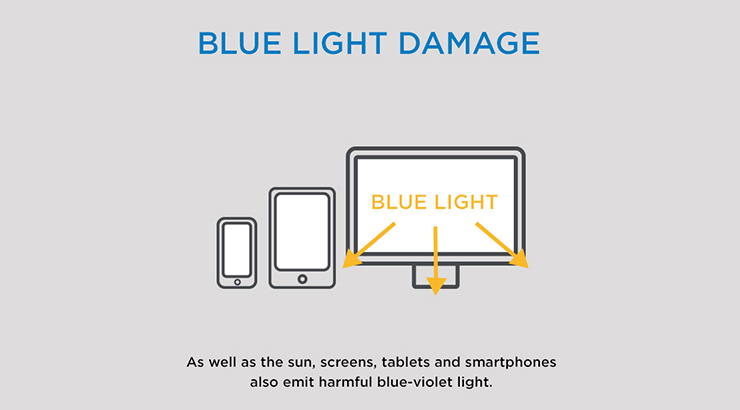TEENAGE
EYES
One in four students needs some form of sight correction.
Yet younger teens in particular may not realize that their vision isn't normal. Poor vision may lead to frustration, under performance at school or behavioural issues. The most frequent problem among teenagers is short-sightedness, which regular eye examinations will pick up.
EYE PROBLEMS
DURING TEEN YEARS
Vision problems during teenage years are common. Our tips below will help to prevent the onset of some of these problems.
Lifestyle - Active teens are likely to get plenty of exercise, which is good for their eyes and vision. But it also puts them at risk of eye injuries – particularly while playing sports. Protective eye wear and specialist lenses can reduce the risk. An active lifestyle will also mean spending time outdoors. Before our 20s, our eyes are more susceptible to damage caused by over exposure to UV and blue light. Lenses with a high Eye-Sun Protection Factor (E-SPF) are essential.
Like SPF in sunscreen, the higher the factor, the greater the UV protection. Also, teens with busy lives may neglect to eat regularly and properly. Yet a balanced diet is vital to the health of the eyes.

Technology - Teenagers love their gadgets. However, overuse of digital devices can be harmful to the eyes, as they emit blue-violet light, which can damage eyes over time. Overuse can also lead to a range of symptoms known as Computer Vision Syndrome (CVS). To reduce the risks, limit screen time, and use the 20-20-20 rule: pause for 20 seconds every 20 minutes, to look at something 20 feet away.
Self image - Vision problems can begin during teenage years. But self-conscious teens may be reluctant to put on a pair of glasses for the first time. It is imperative that their sight does not go uncorrected.
Teen health - Teens with diabetes, or a condition called juvenile rheumatoid arthritis, have a higher risk of vision loss. They should have regular medical check-ups, and may need eye tests every three months.





